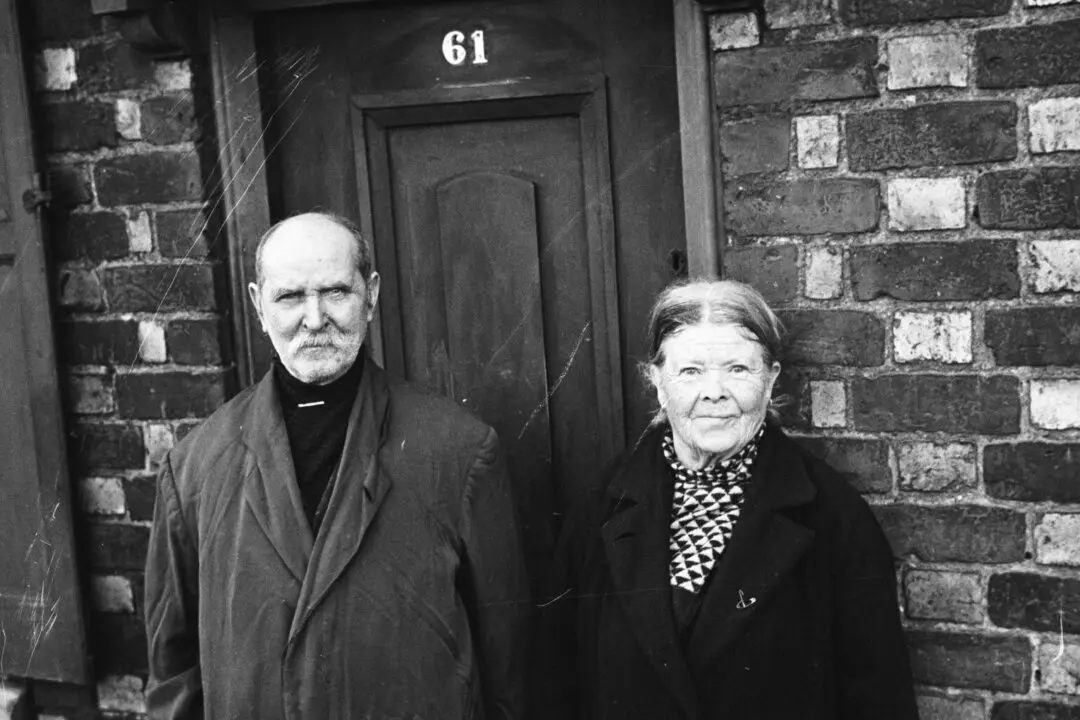I once heard a story about a man checking into a medical facility for an extended stay. He was shown to his room, which included the standard fare—a bed, a chair, a single window, a TV, a bathroom, and little else. No doubt, it was much smaller than the place he previously called home. He couldn’t fit many of his possessions in his new accommodations, and the cloudy day cast the room in a dull, gray light.
He turned to the nurse with a large smile and said of the room, “I love it.”






